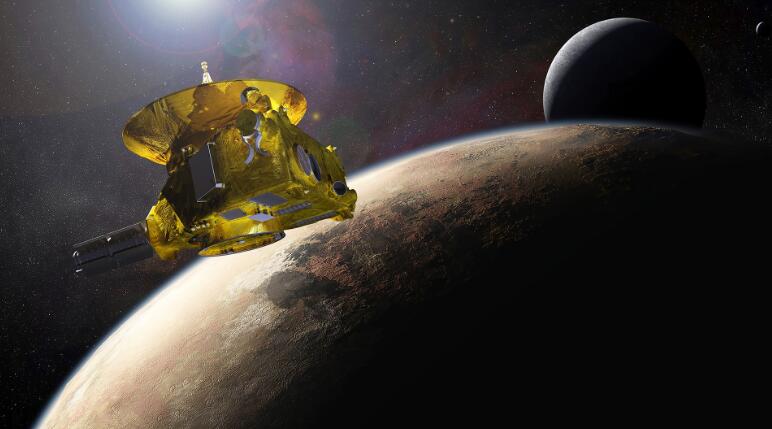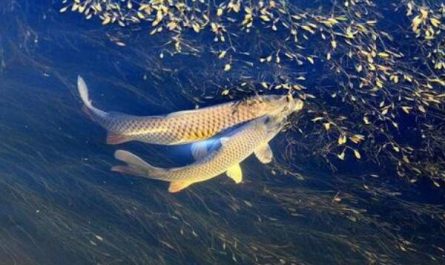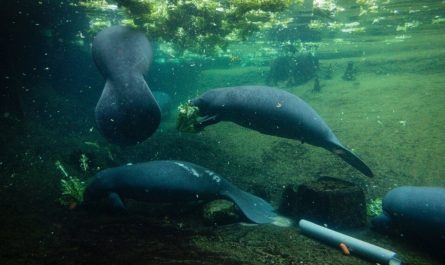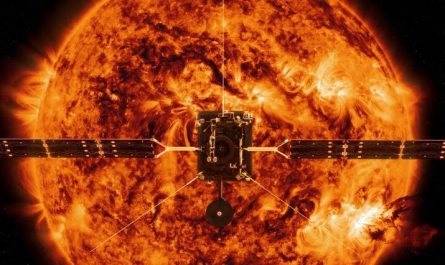On April 17, 2021, New Horizons reached a milestone in deep space exploration-50 astronomical units from the sun.
To commemorate this moment, the research team released a photo taken in advance by New Horizons. In this photo, the position of Voyager 1 is inside the yellow circle.
Voyager 1 is the farthest probe that humans fly. It is currently 152 astronomical units away from the sun. Due to the distance, we cannot see Voyager 1 in the photo, but radio tracking tells New Horizons that Voyager 1 The number is there, this is the gaze of a lonely person to another lonely person.
Launched in 2006, the New Horizons probe is the fifth mankind to successfully fly over the orbit of Pluto. His predecessors, Pioneer 10 and Pioneer 11, have completely lost contact. Voyager 1 and Voyager On the 2nd, it is expected that all power will be exhausted in 2025. At that time, New Horizons will become the farthest detector for humans to operate normally.
New Horizons is more advanced than any probe launched in the past, and has provided mankind with abundant solar system data in the past 15 years.
In June 2006, New Horizons explored the asteroid belt. In 2007, it explored Jupiter and Jupiter’s moons. Then in July 2015, New Horizons finally approached the first important goal of the voyage. Pluto, took the clearest picture of Pluto so far.
This is a shot of New Horizons, Pluto and its moon Charon. The surface of Charon is mainly water ice.
This is Pluto. This is the outline of Pluto’s atmosphere illuminated by the sun. In the high resolution camera, we can clearly see the snowy mountains on the surface of Pluto. This is the surface details of Pluto. New Horizons sent us a lot of HD photos of Pluto.
Spectral analysis shows that the surface of Pluto is rich in methane, nitrogen, carbon monoxide and water molecules. The surface temperature of Pluto is below minus 220°C. Nitrogen will condense into a solid here, and time seems to have stopped here.
After New Horizons leaves Pluto, it will explore the second important goal of this trip-the Kuiper Belt. The Kuiper Belt is a group of asteroids in the solar system outside the orbit of Neptune. The width is 20 times that of the asteroid group. Solar radiation is very weak, so it is considered the best place to study the birth of the solar system.
After detailed comparison and analysis, scientists finally selected a Kuiper belt asteroid named Arokos for detailed observation. This asteroid is also called Tianya Haijiao in Chinese. It looks like a snowman and is formed by connecting two approximate spheres. , With a total length of 31 kilometers, the surface of the asteroid is smooth and uniform.
Scientists speculate that this asteroid was actually formed by the fusion of two asteroids at low speed after they approached at a low speed hundreds of millions of years ago. This photo is the clearest picture of the ends of the world taken by humans so far.
Subsequently, New Horizons will sail out of the solar system and become the fifth human probe to leave the solar system.






